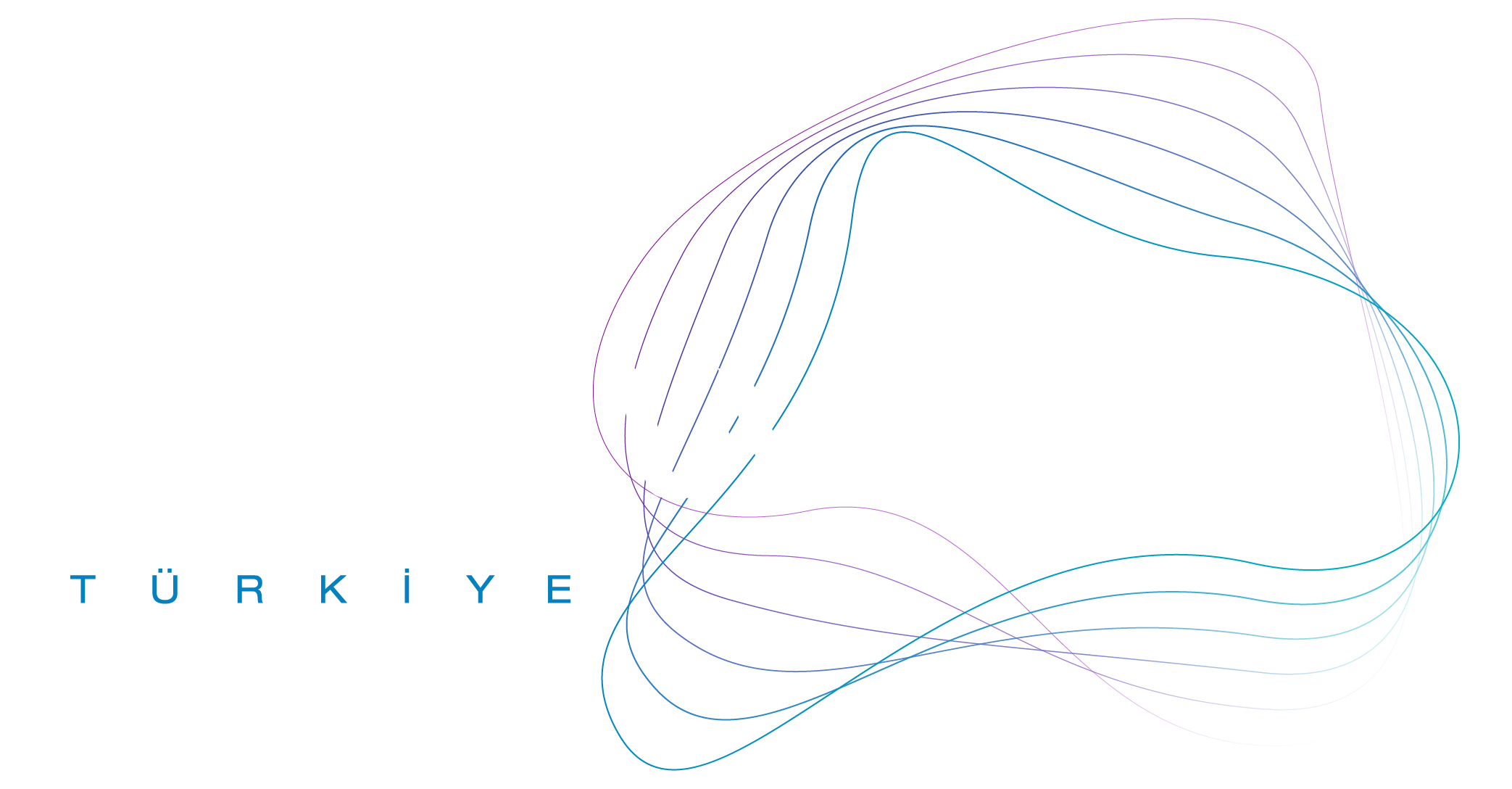Collagen, a vital protein found extensively in humans and mammals, plays a crucial role in maintaining the structural integrity of the body.
Collagen is the most abundant structural protein in the human body and mammals, particularly prevalent in the extracellular matrix (ECM). It serves as a key element for holding the body together and is involved in various biological processes (Amirrah et al., 2022).
The collagen superfamily includes over 20 types, with Type I being the most predominant in many tissues (Amirrah et al., 2022). Type VI collagen, for instance, has a significant role in bone structure, influencing osteoclast differentiation and impacting bone density (Pham et al., 2020).
Collagen is naturally present in the ECM and is a major component in skin, tendons, bones, and vasculature (Naomi et al., 2021). Interestingly, aquatic animals like fish have emerged as suitable sources for collagen extraction, especially after concerns related to mammalian sources (Senadheera et al., 2020; Terzi et al., 2022).
Dietary intake of collagen can come from various foods, especially those rich in Type I collagen. Studies have shown that collagen supplementation can aid in joint recovery, improve body composition, and enhance overall skin health (Khatri et al., 2021; Wang, 2021).
Deficiency in collagen, particularly specific types like Type VI, can lead to conditions like trabecular bone loss, indicating the importance of maintaining adequate collagen levels for bone health (Pham et al., 2020).
Collagen’s diverse roles in the human body, from maintaining skin elasticity to ensuring bone strength, highlight its importance in health and nutrition. A balanced diet, potentially supplemented with collagen, can help mitigate the risks associated with collagen deficiency.
References
Amirrah, I. N., Lokanathan, Y., Zulkiflee, I., Wee, M. F. M. R., Motta, A., & Fauzi, M. B. (2022). A Comprehensive Review on Collagen Type I Development of Biomaterials for Tissue Engineering: From Biosynthesis to Bioscaffold. Biomedicines, 10.
https://doi.org/10.3390/biomedicines10092307
Pham, H., Kram, V., Dar, Q., Komori, T., Ji, Y., Mohassel, P., Rooney, J., Li, L., Kilts, T., Bonnemann, C., Lamandé, S., & Young, M. (2020). Collagen VIα2 chain deficiency causes trabecular bone loss by potentially promoting osteoclast differentiation through enhanced TNFα signaling. Scientific Reports, 10.
https://doi.org/10.1038/s41598-020-70730-7
Naomi, R., Ridzuan, P. M., & Bahari, H. (2021). Current Insights into Collagen Type I. Polymers, 13.
https://doi.org/10.3390/polym13162642
Senadheera, T. R. L., Dave, D., & Shahidi, F. (2020). Sea Cucumber Derived Type I Collagen: A Comprehensive Review. Marine Drugs, 18.
https://doi.org/10.3390/md18090471
Terzi, A., Sibillano, T., De Caro, L., Altamura, D., Gallo, N., Natali, M. L., Sannino, A., Salvatore, L., Blasi, F. S., Corallo, A., & Giannini, C. (2022). WAXS and SAXS Investigation of Collagen-Rich Diet Effect on Multiscale Arrangement of Type I Collagen in Tilapia Skin Fed in Aquaponics Plant. Crystals.
https://doi.org/10.3390/cryst12050700
Khatri, M., Naughton, R., Clifford, T., Harper, L., & Corr, L. (2021). The effects of collagen peptide supplementation on body composition, collagen synthesis, and recovery from joint injury and exercise: a systematic review. Amino Acids, 53, 1493-1506.
https://doi.org/10.1007/s00726-021-03072-x
Wang, H. (2021). A Review of the Effects of Collagen Treatment in Clinical Studies. Polymers, 13.
https://doi.org/10.3390/polym13223868

